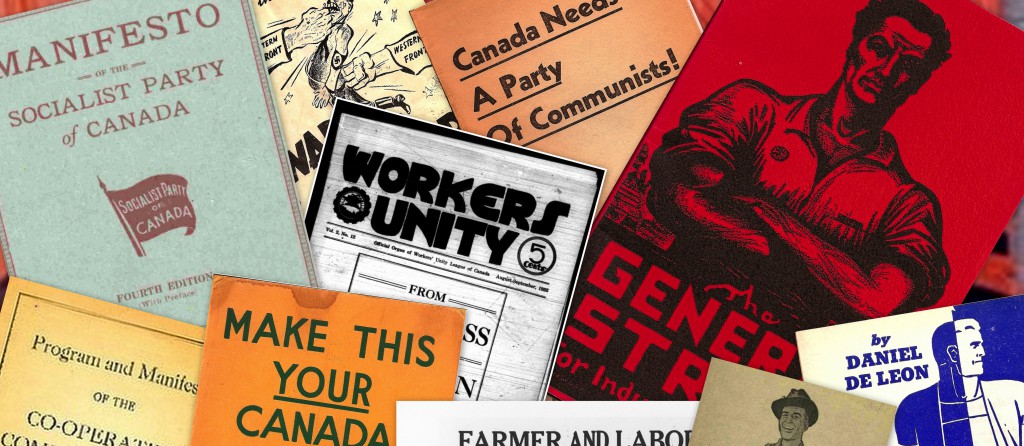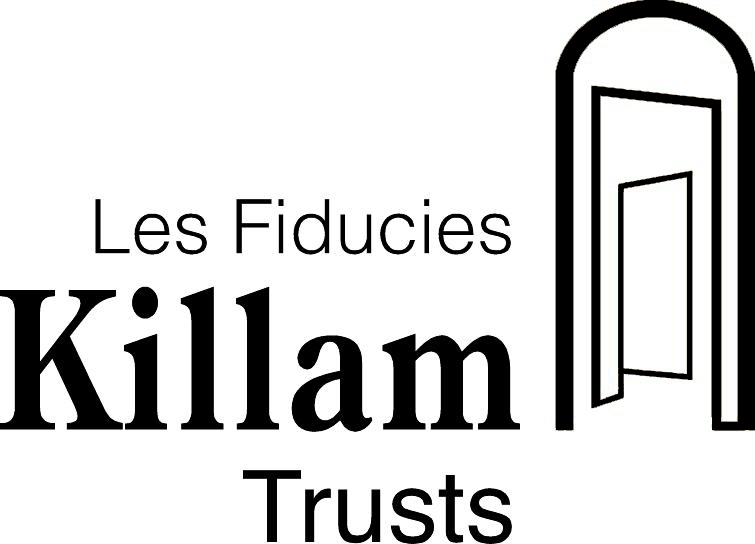Editor: Andrea Hasenbank
This project, Between Poetics and Polemics: Canadian Manifestos 1910-1960, collects a body of Canadian manifestos in a critical print edition, setting political manifestos against literary and artistic declarations to explore the impact of this wide-raging form of writing on Canadian thought and culture. In this juxtaposition, I am interested in portraying an incendiary side of Canadian culture and history that is often overlooked; an aim that I hope will be bolstered by the inclusion of unknown and out-of-print material. I am further interested in exploring the intertextuality of work hitherto defined categorically as ‘political’ or ‘literary/artistic’ to expose the common institutions, authorship, movements, and ideologies of Canadian manifesto production. My engagement with the texts in this collection has made clear that the social practice of political speech and the creative practice of literary writing fuse in the manifesto; it is in this form that the revolutionary character of modernism and the revolutionary potential of labour in its creative and productive forms find material fixity and enter into the same moment of an open-ended present.
Taking modernism as a relational process, following such critics as Raymond Williams, rather than a static school, the manifesto is an emblem for a succession of possible “alternative traditions” [Williams, Raymond. “When Was Modernism?” New Left Review 175 (May/June 1989): 48-52. Print.]. I read in the manifesto a cacophony of influences: pamphleteering traditions, religious ‘pulpit’ speech, legal strictures, public debate and oratory, newspaper journalism, artistic collectives, narrative fables, poetic defense, and classical economics. Here we might draw a connection between modernist play with convention in language and a politically revolutionary stance: both are indicative of shifts in the social process and the instability of convention. These voices cannot be narrowly confined to one sphere of textual production or another; they exceed absorption by the dominant culture and offer continued generative potential for the work of modernism.
The project is structured as an annotated sourcebook, with a critical essay addressing issues of genre, formation, and language. The texts will be arranged chronologically, with a brief introduction to each manifesto, followed by the manifesto itself, fully annotated. Part of the work of this project is to collapse the distinction between ‘political’ and ‘artistic’; accordingly, the selected manifestos will not be subdivided. I have identified some 25 potential texts for inclusion (detailed in the List of manifestos following). These manifestos range from widely printed and circulated historical documents (the CCF’s “Regina Manifesto,” 1933) to newly discovered archival material (Wilfred Watson, “A Manifesto for Canadian Drama,” 1960). In this collection, I am interested in working toward a reconstructive editorial method, based primarily around questions of print, representation, and labour. I am committed to bringing the manifestos in this collection to as wide an audience as possible. This access depends on a flexible critical apparatus, a strong sense of context, and the application of the most forward-looking methods for working with the text.
See detailed list of manifestos


